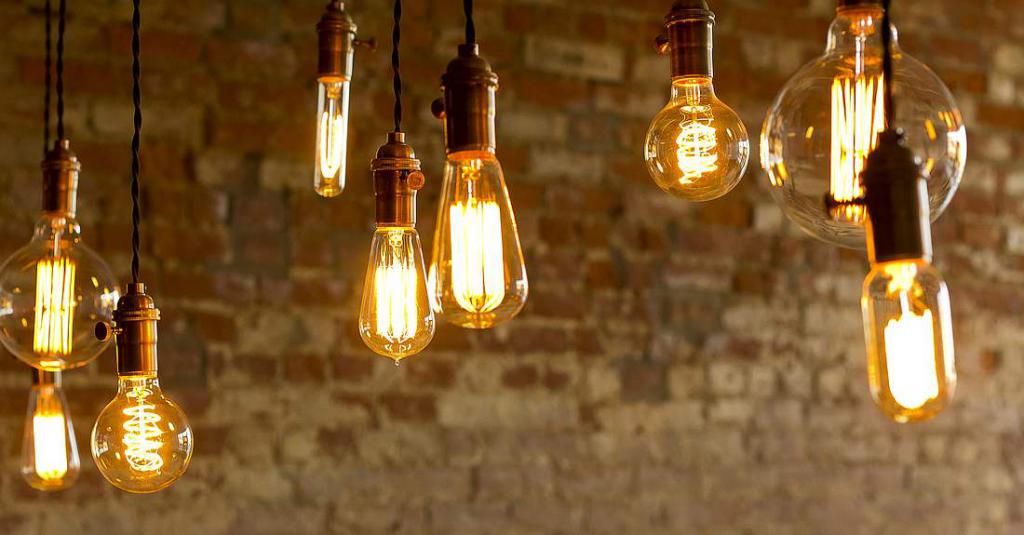
Exploring the Versatility and Applications of LED Strip Lights and LED Modules
In recent years, LED lighting technology has transformed the way we illuminate our homes, workplaces, and public spaces. Its energy efficiency, durability, and design flexibility have made it a popular choice across various industries. Among the many forms of LED lighting available, LED strip lights and LED modules stand out for their versatility and unique applications. Understanding what these products are, how they differ, and where they can be used can help make better lighting decisions for any project.
Introduction to LED Lighting Technology
LED, which stands for Light Emitting Diode, is a type of lighting technology that has evolved rapidly since its introduction. Unlike traditional incandescent or fluorescent bulbs, LEDs use semiconductor materials to emit light when an electric current passes through them. This results in higher energy efficiency and longer lifespan. The advantages of LED lighting have sparked widespread adoption, from decorative purposes to functional industrial uses.
Understanding LED Strip Lights
LED strip lights are flexible circuit boards populated with LEDs that can be easily cut to size and installed in various locations. They typically come with adhesive backing, making them user-friendly for DIY installations as well as professional setups. These strips are often used for accent lighting, backlighting, or task lighting due to their ability to fit into tight spaces and provide continuous, even illumination.
Many businesses rely on a reliable led strip lights manufacturer to source quality products that meet specific project requirements. These manufacturers typically offer a variety of strip lights, including single-color, RGB, and tunable white options, catering to different lighting needs and preferences.
The versatility of LED strip lights means they can be found in kitchens under cabinets, along staircases, inside retail displays, or even outdoors with weatherproof designs.
Insight into LED Modules
LED modules consist of several LEDs mounted on a rigid or semi-rigid base, often paired with lenses or diffusers to control the light spread. These modules are generally designed for higher brightness applications and usually come with connectors that simplify installation.
Unlike the continuous line of light provided by LED strips, led modules produce more focused points of light, making them suitable for signage, architectural lighting, or situations where precise illumination is needed. Their robust construction allows them to withstand outdoor conditions and industrial environments where durability is important.
Technical Features to Consider
When comparing LED strip lights and LED modules, several technical factors come into play. Brightness, measured in lumens, varies widely depending on the LED type and density. LED strips offer a smooth, consistent glow and are available in various brightness levels to suit different tasks. LED modules tend to have higher lumen output per unit, making them ideal for high-visibility needs.
Color options also differ. While many LED strips come with RGB capabilities allowing color changes, LED modules often focus on white light of different color temperatures, such as warm white or cool white, to meet specific lighting goals.
Durability is another important consideration. LED strips may be encased in silicone or PVC coatings to protect against moisture and dust, especially for outdoor use. LED modules are usually sealed and rated for higher ingress protection, making them better suited for harsh environments.
Energy efficiency is a shared strength of both LED strips and modules. Compared to traditional lighting, both consume significantly less power while providing equal or better illumination, which contributes to lower electricity bills and reduced environmental impact.
Installation and Maintenance Basics
The ease of installation is a key reason for the popularity of LED strip lights. Their adhesive backing allows for quick mounting on a variety of surfaces, and flexible design means they can be bent around corners and edges without damage. However, care should be taken with power supplies and connectors to ensure consistent performance.
LED modules typically require more precise mounting, sometimes with screws or brackets, to maintain proper alignment and stability. Their wiring may involve connectors or soldering, depending on the complexity of the setup.
Maintenance for both LED strips and modules is generally minimal. Regular cleaning to remove dust and checking connections periodically can extend the lifespan and ensure consistent lighting quality. Unlike older lighting technologies, LEDs do not require bulb replacements frequently, which adds to convenience and cost savings.
Innovative Uses and Trends
The design freedom offered by LED strip lights and modules has led to some interesting and creative lighting solutions. Interior designers use LED strips to create ambient lighting that enhances architectural features or highlights artwork. Retail environments use them to spotlight products and create inviting atmospheres without overpowering the space.
LED modules are increasingly seen in outdoor signage, channel letters, and architectural facades where durability and high visibility are essential. In industrial environments, their robust nature allows for lighting in challenging conditions, including wet or dusty locations.
Emerging trends also include smart lighting integration, where both LED strips and modules can be controlled remotely through apps or voice commands. This adds another layer of convenience and customization, allowing users to adjust lighting based on time of day, activities, or personal preference.
Conclusion
LED strip lights and LED modules each bring unique qualities to the table, making them suitable for a wide range of lighting applications. While strip lights excel at providing flexible, even illumination in creative and decorative settings, LED modules offer focused, durable lighting ideal for outdoor and industrial uses. Considering factors like brightness, color options, installation, and maintenance needs can help identify the right choice for a specific project.
By understanding these differences and possibilities, lighting decisions become more informed, resulting in functional, efficient, and visually appealing environments that harness the strengths of modern LED technology.


















